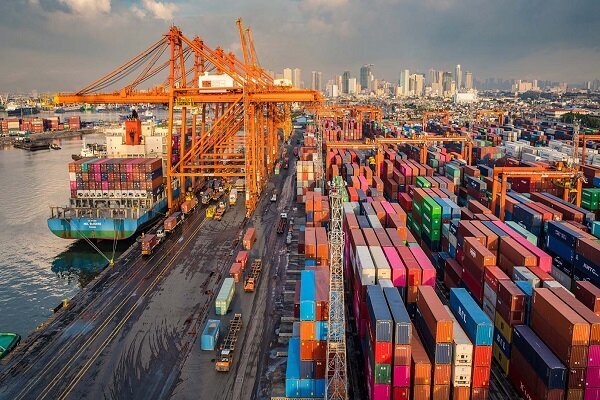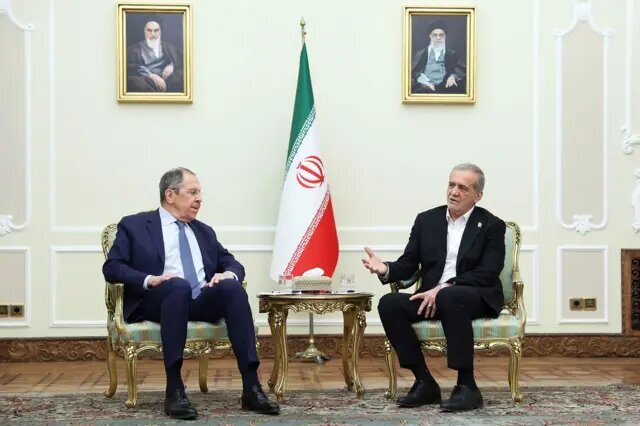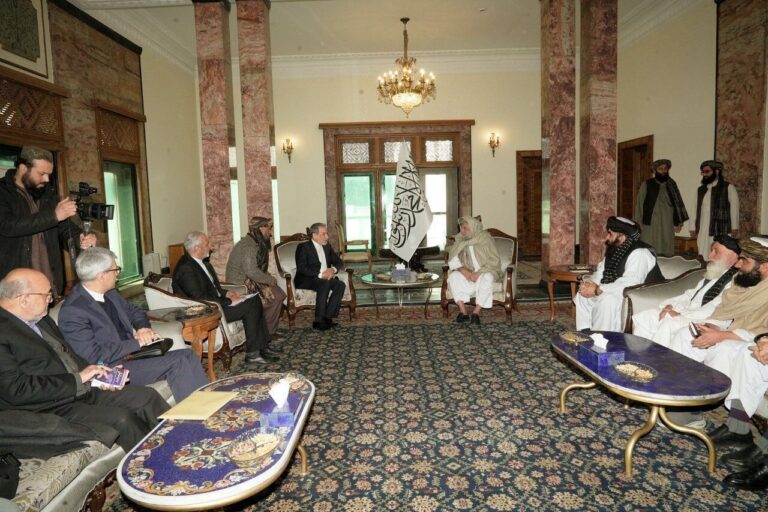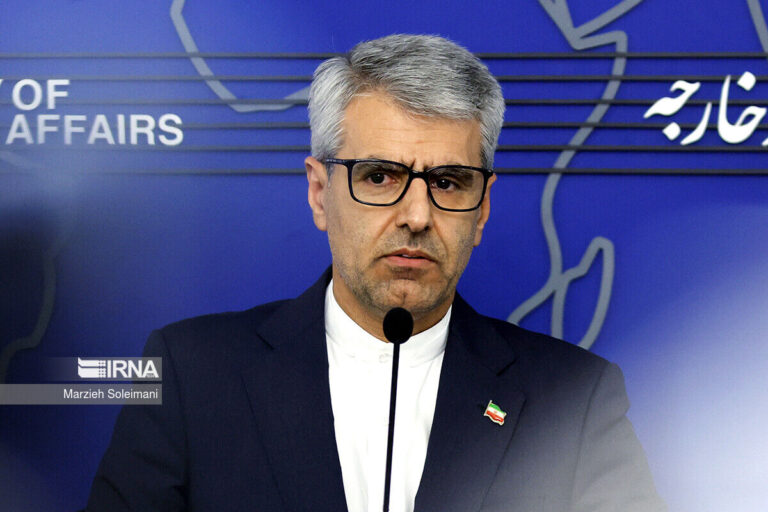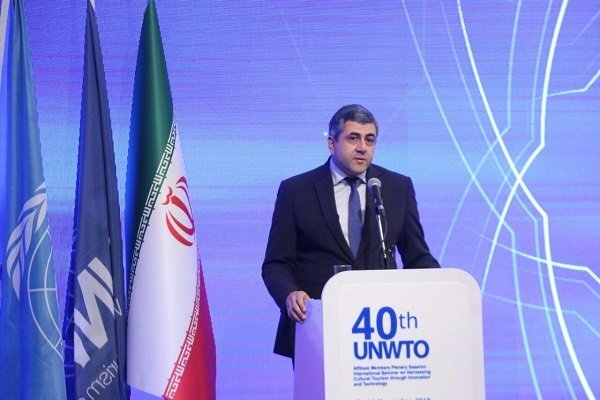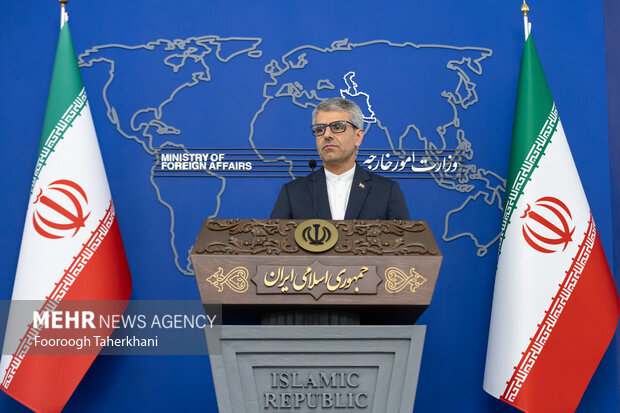Iran’s Trade with 15 Neighboring Countries Surpasses $59 Billion: A New Economic Milestone!
Iran’s trade relations with its 15 neighboring countries have seen remarkable growth, reflecting a positive trend in regional economic cooperation. Between March 21, 2024, and January 20, 2025, the value of trade exchanges surged by 19.2 percent compared to the same period last year, according to Seyed Rouhollah Latifi.
In the first ten months of the current Iranian calendar year, which began on March 21, 2024, over 93 million tons of non-oil goods were exchanged between Iran and its neighbors. The total value of these exchanges exceeded $59 billion, indicating significant growth—by 59 percent in weight and 57.5 percent in value compared to the previous year.
During this period, Iran’s exports of non-oil commodities reached more than 75 million tons, valued at over $29 billion, showcasing a 24 percent increase in weight and a 28 percent increase in value compared to the same timeframe last year.
Among the 15 neighboring countries, three key players stood out in their import activities:
- Iraq: Imported more than $10 billion worth of non-oil products.
- United Arab Emirates (UAE): Imported goods valued at $5 billion.
- Turkey: Imported non-oil products worth $961 million.
Latifi emphasized the importance of these trade exchanges, highlighting that they contribute significantly to the Iranian economy and strengthen ties with neighboring nations. This upward trend in trade not only boosts Iran’s economic standing but also enhances regional collaboration.
The increased trade volume can be attributed to various factors, including:
- Enhanced Trade Agreements: The establishment of new trade agreements and the strengthening of existing ones have facilitated smoother transactions between Iran and its neighbors.
- Diverse Product Range: Iran’s ability to export a wide variety of non-oil goods has made it an attractive trading partner for neighboring countries.
- Strategic Geographical Location: Iran’s strategic position in the region allows for easier access and logistics for trade with neighboring nations.
This positive trajectory in trade exchanges is expected to continue, with further initiatives aimed at promoting economic cooperation and reducing trade barriers. As countries in the region seek to diversify their trade partners and enhance economic resilience, Iran’s role as a key trade hub is likely to strengthen.
In conclusion, the significant growth in Iran’s trade with its neighbors is a testament to the effectiveness of regional economic strategies. By fostering stronger trade relationships, Iran not only boosts its own economy but also plays a pivotal role in enhancing regional prosperity and cooperation.
The data provided by Latifi underscores a broader trend of increasing economic interdependence among neighboring countries, paving the way for a more integrated regional market.
As the Iranian calendar year progresses, it will be interesting to observe how these trade dynamics evolve and what further opportunities arise for enhancing trade relations in the region.
